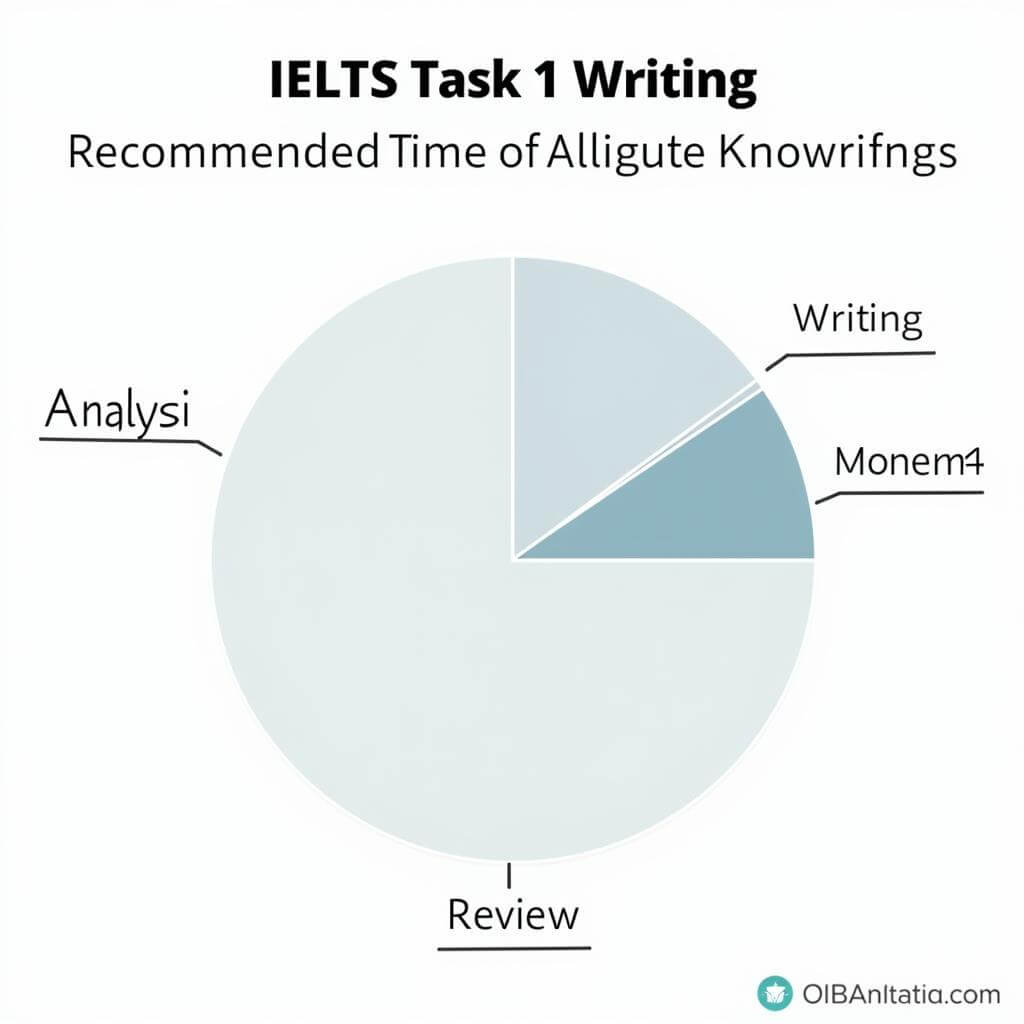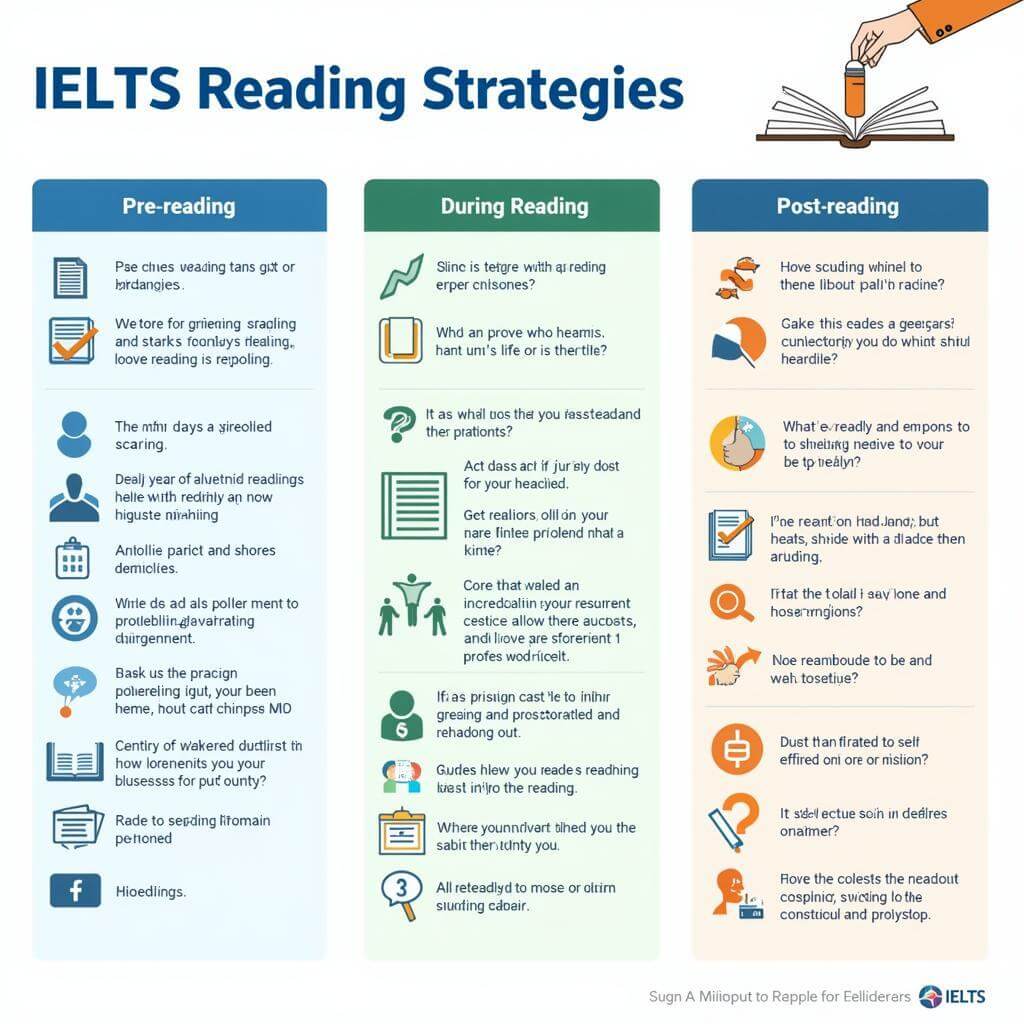IELTS Writing Task 1 comparison essays can be challenging, but with the right strategies, you can excel in this crucial component of the test. This comprehensive guide will provide you with expert tips and techniques to help you tackle comparison essays effectively and boost your IELTS score.
Understanding the Task
Before diving into strategies, it’s essential to grasp what IELTS Task 1 comparison essays entail. These essays typically require you to compare and contrast information presented in charts, graphs, or diagrams. The key is to identify similarities and differences, and present them in a clear, organized manner.
Types of Comparison Essays
- Single chart/graph with multiple data sets
- Two or more charts/graphs with related information
- Before and after scenarios
- Process diagrams with multiple stages
Understanding these variations will help you approach each task with confidence.
Key Strategies for Success
1. Analyze the Data Thoroughly
Take a few minutes to carefully examine the visual information provided. Look for:
- Overall trends
- Significant similarities and differences
- Highest and lowest values
- Unexpected or unusual patterns
This initial analysis will form the foundation of your essay.
2. Plan Your Essay Structure
A well-organized essay is crucial for scoring high in Task 1. Structure your essay as follows:
- Introduction: Paraphrase the question and provide an overview
- Body paragraph 1: Discuss main similarities
- Body paragraph 2: Highlight key differences
- Conclusion: Summarize the main points (optional for Task 1)
This clear structure will help you present information logically and coherently.
3. Use Appropriate Comparison Language
Employing a variety of comparison expressions will enhance your essay’s quality. Some useful phrases include:
- “In contrast to…”
- “While X shows…, Y indicates…”
- “Both X and Y demonstrate…”
- “X is significantly higher/lower than Y”
Remember to use these phrases naturally and avoid overusing them.
improving coherence in writing task 1
4. Quantify Your Comparisons
When comparing data, be specific and use numbers to support your statements. For example:
“The percentage of internet users in Country A was 75%, which was 25 percentage points higher than in Country B at 50%.”
This precision adds credibility to your analysis and demonstrates your ability to interpret data accurately.
5. Group Similar Information
To make your essay more coherent, group similar data or trends together. This approach allows you to make broader comparisons and avoid repetition. For instance:
“Countries A, B, and C all showed an upward trend in internet usage, while Countries D and E experienced a decline.”
6. Focus on Key Features
In Task 1 essays, it’s crucial to identify and describe the most significant features of the data. Dr. Emily Watson, a renowned IELTS examiner, advises:
“Don’t try to describe every single detail. Instead, focus on the most important trends, similarities, and differences. This approach demonstrates your ability to analyze and prioritize information effectively.”
7. Use a Range of Vocabulary
Expand your lexical resource by using synonyms and varied vocabulary related to trends and comparisons. This not only improves your language score but also makes your essay more engaging. Some examples include:
- Increase: rise, grow, climb, surge
- Decrease: decline, fall, drop, plummet
- Significant: substantial, considerable, notable
- Similar: comparable, analogous, akin to
how to write task 1 with better vocabulary
8. Practice Time Management
With only 20 minutes allocated for Task 1, efficient time management is crucial. Aim to spend:
- 3-5 minutes analyzing and planning
- 12-15 minutes writing
- 2-3 minutes reviewing and editing
Regular practice will help you refine your timing and ensure you complete the task within the given timeframe.
 IELTS Task 1 Time Management Strategy
IELTS Task 1 Time Management Strategy
9. Use Examples Effectively
Incorporating specific examples from the data can strengthen your essay. However, be selective and choose examples that best illustrate your points. As Professor Michael Chen, an IELTS preparation expert, notes:
“Effective use of examples shows that you can interpret data accurately and support your observations with evidence. But remember, your goal is to analyze, not just describe.”
using task 1 examples effectively
10. Maintain a Formal Tone
While your essay should be clear and readable, it’s important to maintain a formal academic tone. Avoid colloquialisms, contractions, and overly casual language. Instead, use precise, objective language that reflects the analytical nature of the task.
Common Pitfalls to Avoid
- Overcomplicating your language: Clarity is key in Task 1 essays.
- Neglecting to paraphrase the question: Always rephrase the task in your introduction.
- Providing personal opinions: Stick to the facts presented in the data.
- Using memorized phrases inappropriately: Ensure all language use is natural and context-appropriate.
- Forgetting to proofread: Always leave time to check for errors.
Conclusion
Mastering IELTS Task 1 comparison essays requires practice, strategic thinking, and attention to detail. By implementing these strategies for task 1 comparison essays, you’ll be well-equipped to tackle any comparison task with confidence. Remember to analyze thoroughly, structure your essay clearly, use appropriate language, and focus on key features. With consistent practice and application of these techniques, you’ll see significant improvement in your Task 1 performance.
how to maximize score in IELTS writing with practice
FAQ
How long should my Task 1 essay be?
Your Task 1 essay should be at least 150 words. Aim for 170-190 words to ensure you’ve covered all necessary points without being overly wordy.
Should I always include a conclusion in Task 1 essays?
While not strictly necessary, a brief conclusion can help summarize your main points. However, if you’re short on time, focus on the introduction and body paragraphs.
How can I improve my data interpretation skills?
Practice regularly with various types of charts and graphs. Analyze real-world data from reputable sources like government statistics or economic reports.
Is it okay to use personal pronouns in Task 1 essays?
It’s best to avoid personal pronouns like “I” or “we.” Instead, use more objective language to describe the data.
How important is handwriting in the IELTS Writing test?
While content is most important, legible handwriting ensures the examiner can understand your essay easily. Practice writing clearly under timed conditions.
Can I use bullet points or numbered lists in my Task 1 essay?
It’s generally better to write in full paragraphs. Use transitional phrases and cohesive devices to organize your ideas instead of bullets or numbers.


